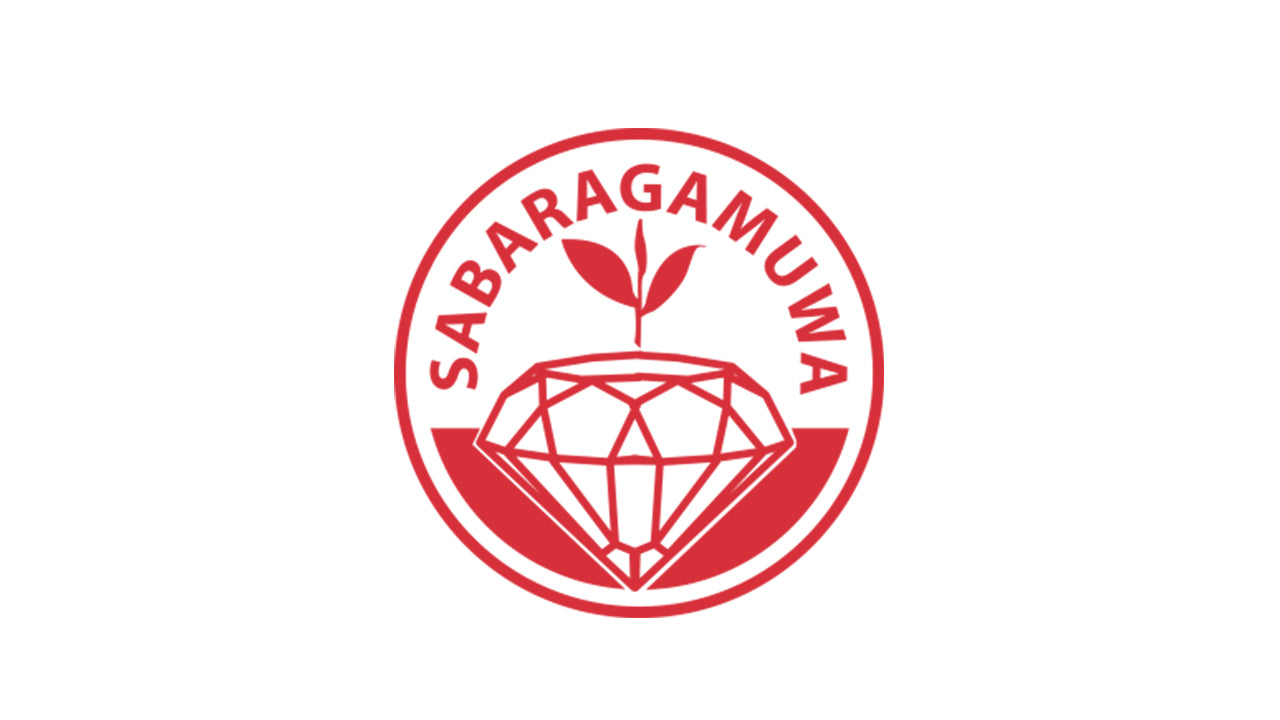
Ceylon-Tee-
Das Gebräu in deiner Tasse hat eine Geschichte zu erzählen. Es spricht von sanften Hügeln, reichlich Sonnenschein und üppigen Provinzen.
In Sri Lanka produzieren die zentralen und südlichen Provinzen den größten Teil seines Tees. Unterschiedliche Höhen und Mikroklimas beeinflussen den unverwechselbaren Geschmack, die Farbe, das Aroma und die Saisonalität des Ceylon-Tees.
Niederland (bis zu 2000 Fuß über dem Meeresspiegel)
Die Regionen Ruhuna und Sabaragamuwa sind bekannt für ihren langblättrigen Tee. Wenn Tee aus dieser Region gebraut wird, erhalten Sie eine Tasse mit einem burgunderfarbenen Farbton und einem Karamell- und Malzgeschmack. Dieser schwarze Tee ist im Nahen Osten, in den GUS-Staaten und im Vereinigten Königreich beliebt.
Mittleres Land (2.000ft ~ 4.000ft über dem Meeresspiegel)
Tee aus den nebligen Hügeln von Kandy ist bekannt für seinen vollmundigen Geschmack und seine Kupfertönung. Es ist ein Favorit unter den Aussies und Amerikanern.
Hochland (über 4.000 Fuß vom Meeresspiegel)
Das östliche Hochland von Uva wird weltweit für seine intensive Schärfe und sein erfrischendes Aroma gefeiert.) Einzigartig in Uva sind mikroklimatische Bedingungen, die es Gutsbesitzern ermöglichen, mit dem Anbau neuer Teesorten zu experimentieren.
Es gibt drei weitere hochgelegene Provinzen in Sri Lanka, Nuwara Eliya, Dimbula und Uda Pussellawa. Wenn Sie aromatische Tees mit einem milden Charakter mögen, werden Sie den Tee von hier lieben.
Mehrspaltig
-
 Uda Pussellawa Tea
Uda Pussellawa TeaThis region is twice blessed. It’s blessed during the months of June and September when the southwest monsoon arrives; a cold and dry spell to spur the tea bush to sprout the leaves that will produce a medium-bodied rosy tea graced with subtle character. Then it’s blessed again between November and January when the northeast monsoon’s yearly visitation brings rain in its wake and makes the tea darker in colour and stronger in flavour, adding more tang.
-
 Dimbula-Tee
Dimbula-TeeIt is cool and dry between December and March and then the heavens open up to send in the rains between May and September. Two different climates within each year dictate Dimbula’s tea produce; a host of natural flavours with a hint of jasmine spiced with cypress. The tea when brewed displays a hue of a reddish, golden orange. And when tasted, it’s surprising to find a taste refreshingly mellow. Defined as ‘high grown’ tea, it is probably, the most famous Ceylon Tea of all.
-
 Uva Tea
Uva TeaIt’s the climate that makes Uva tea highly prized. The mountainous terrain is exposed to both monsoon seasons; the annual northeast and the southwest monsoons.
But when the winds reach these climes and howl around its high towers, they blow bereft of moisture – a spent force which had discharged its water content in the hills below.
The dryness gives Uva tea a special concentrated aroma and a distinct exotic flavour.
-
 Nuwara Eliya Tea
Nuwara Eliya TeaFrom the mist wrapped mountains of Nuwara Eliya that rise from the centre of the island to soar over 6000 feet above sea level, where the morning air is cool and bracing and the nights cold and touched with frost, come the lightest and the most refined. Nuwara Eliya is the champagne province of the country’s tea lands with best imbibed light.
-
 Sabaragamuwa Tea
Sabaragamuwa TeaIt’s not only in the mountains that Ceylon Tea brews best. The region of Sabaragamuwa, geographically placed at a lower elevation, musters a tea that is second to none. The climate which is hot and humid in the open air and moist and cool where the surrounding foliage is dense, serve to produce a dry tea leaf of a dark reddish black hue.
-
 Ruhuna-Tee
Ruhuna-TeeRained on by the southwest monsoon, warmed by the tropic sun, the island’s low lying area’s tea have continuously showed their colours by producing leaves with a distinct blackness which imparts a strong and rich taste to rival the best the rest of Lanka can offer. From the south comes a tea full-bodied in its timbre with its flavour vibrant and strong.
-
 Kandy Tea
Kandy TeaThis mid country tea grown at 2,000 to 4,000 feet above sea level produces robust, full-bodied teas. Ideal for those who love their tea strong, bursting with flavour: the perfect wake-up tea for winter mornings, or when the heart needs a perky sprint.







